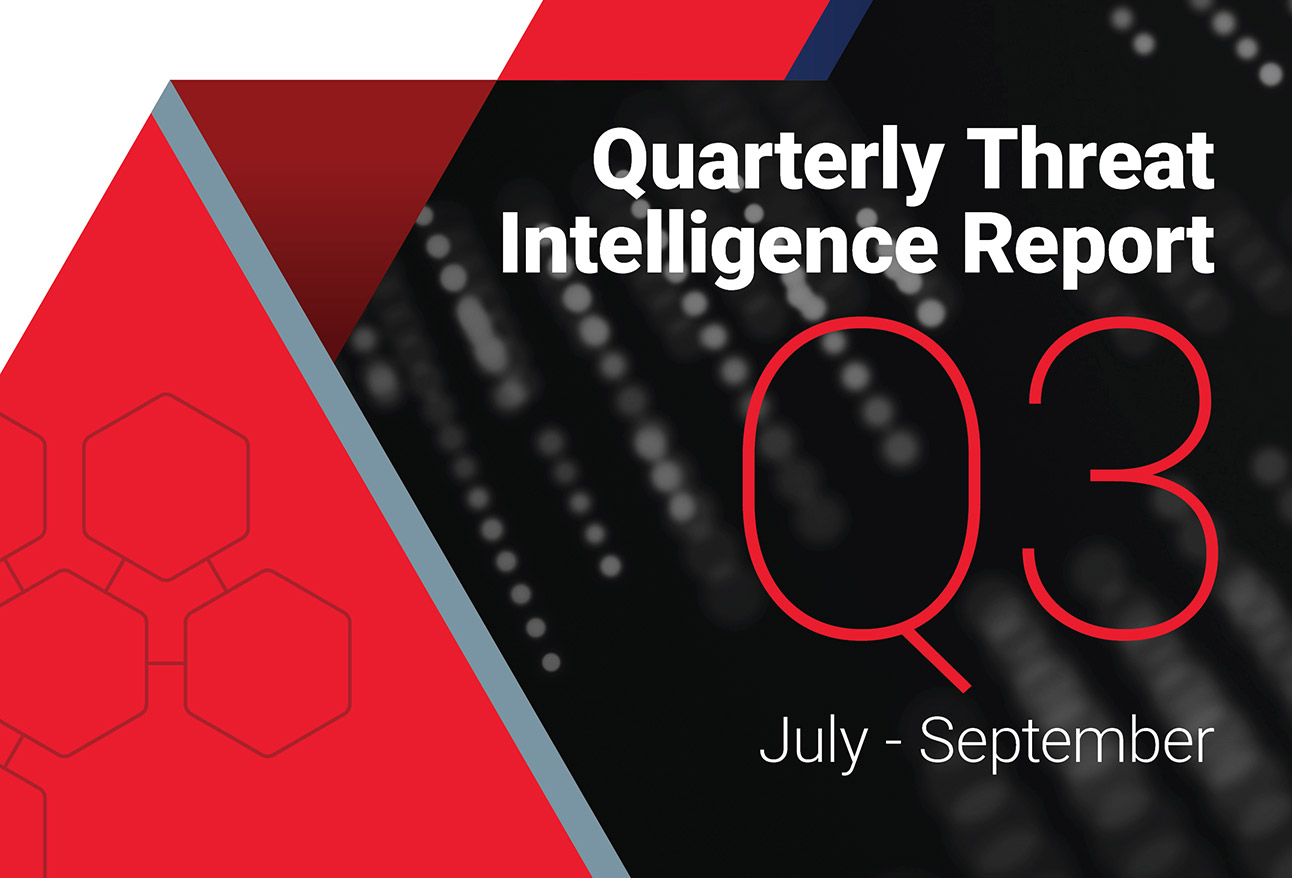Today’s cybersecurity teams are constantly faced with serious threats. The amount of pressure put on security operation center (SOC) teams is immeasurable, and yet many do not have the resources to keep up. This means that malicious threats like nation-state actors are able to slip by in the flood of data, going undetected and dwelling in an organization’s network for months or even years.
There is an ever-expanding ecosystem of cybersecurity products aiming to help mitigate these challenges; however, SOC analysts are already drowning in a sea of alerts. Adding more tools can make visibility murkier with increased false positives, with ineffective alert prioritization often leading to missed critical alerts.
Better cybersecurity solutions
What SOC teams need is a solution that can reduce the network dwell times for threat actors by detecting indicators of behavior early in the intrusion cycle without overwhelming their analysts with false positive alerts. Analysts and hunters spend a significant portion of their time triaging individual alerts by manually investigating indicators of compromise (IOC) and related information. Given the increased volume of threat alerts and already strained resources, SOC teams need a way to identify which alerts are meaningful and which ones are top priority.
In this whitepaper, you’ll learn:
- Details of detecting threat behaviors
- The importance of threat correlation
- How Collective Defense can help solve SOC pain points
Download the whitepaper Reducing network dwell time and false positives to learn how the IronNet Collective Defense platform can help strengthen your SOC.
.png)



